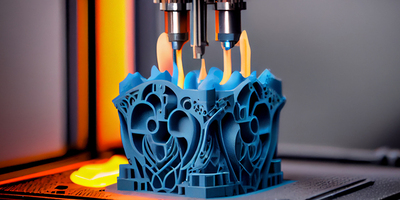Electrical AutoCAD (ECAD) is a specialized application of AutoCAD focused on the design, drafting, and documentation of electrical systems. It provides engineers and designers with tools to create precise schematics, wiring diagrams, panel layouts, and control circuits efficiently, ensuring compliance with industry standards.
ECAD is widely used in industrial, commercial, and residential electrical projects, including power distribution, automation, control systems, and building services. By integrating traditional CAD capabilities with electrical-specific features, ECAD allows users to streamline the design process, reduce errors, and generate construction-ready documentation.
With ECAD, engineers can work with standard electrical symbols, automated numbering, and component libraries, enabling fast and accurate design of complex electrical systems.
Essential tool for designing and documenting electrical systems in various industries
Reduces manual errors and speeds up the creation of schematics and panel layouts.
Prepares learners for careers in electrical design, control systems, automation, and building services engineering.
Enhances skills in design, drafting, visualization, and electrical project documentation.
Electrical Drafting & Design – Create wiring diagrams, control schematics, and panel layouts.
Standardized Libraries – Access electrical symbols, devices, and components for faster drafting.
Automation Tools – Automated numbering, tagging, and cross-referencing of electrical circuits.
Documentation & Reporting – Generate Bill of Materials (BOM), cable schedules, and panel schedules.
Integration & Collaboration – Compatible with AutoCAD, Revit, and BIM workflows for multidisciplinary projects.
Design wiring diagrams, single-line diagrams, control circuits, and panel layouts for residential, commercial, and industrial projects.
Develop automation and PLC wiring schematics efficiently.
Utilize predefined electrical symbols, devices, and components for faster and standardized drafting.
Ensure compliance with IEC, NEC, and other international electrical standards.
Generate Bill of Materials (BOM), cable schedules, and panel schedules automatically.
Maintain accurate, construction-ready documentation for electrical systems.
Integrate ECAD designs with AutoCAD, Revit, and BIM workflows.
Facilitate multidisciplinary collaboration with architects, mechanical, and structural engineers.
Widely used in industrial plants, commercial buildings, power distribution systems, and automation projects.
Applicable for careers in electrical design, consultancy, and control panel engineering.
By the end of this course, learners will be able to:
Understand the ECAD interface and electrical design tools for efficient drafting.
Create electrical schematics, single-line diagrams, and wiring layouts accurately.
Design control circuits, PLC systems, and panel diagrams using standard symbols.
Generate Bill of Materials, cable schedules, and panel schedules automatically.
Ensure compliance with electrical codes and standards (IEC, NEC, etc.).
Use libraries of electrical symbols and devices for standardized and fast drafting.
Integrate ECAD designs with BIM and other CAD workflows for coordinated projects.
Identify and resolve design conflicts before implementation to reduce errors.
Document electrical systems effectively for construction and maintenance purposes.
Develop professional skills for careers in electrical design, automation, and building services engineering.
100 Hours of Class

Component Based Training
Industry Based Training
International Certifications
100% Placement Assistance
Free Certified Workshops & Seminars
Syllabus Based Classes

Component Based Training
Industry Based Training
International Certifications
100% Placement Assistance
Free Certified Workshops & Seminars
Syllabus Based Classes

Component Based Training
Industry Based Training
International Certifications
100% Placement Assistance
Free Certified Workshops & Seminars
Syllabus Based Classes

Component Based Training
Industry Based Training
International Certifications
100% Placement Assistance
Free Certified Workshops & Seminars
Syllabus Based Classes

Component Based Training
Industry Based Training
International Certifications
100% Placement Assistance
Free Certified Workshops & Seminars
Syllabus Based Classes
No: #172, Raahat Plaza,
2nd Floor, Office No: 196 & 197,
Arcot Road, Vadapalani,
Chennai - 600026.
caddschool@gmail.com
© CADD SCHOOL. All Rights Reserved. CADD SCHOOL